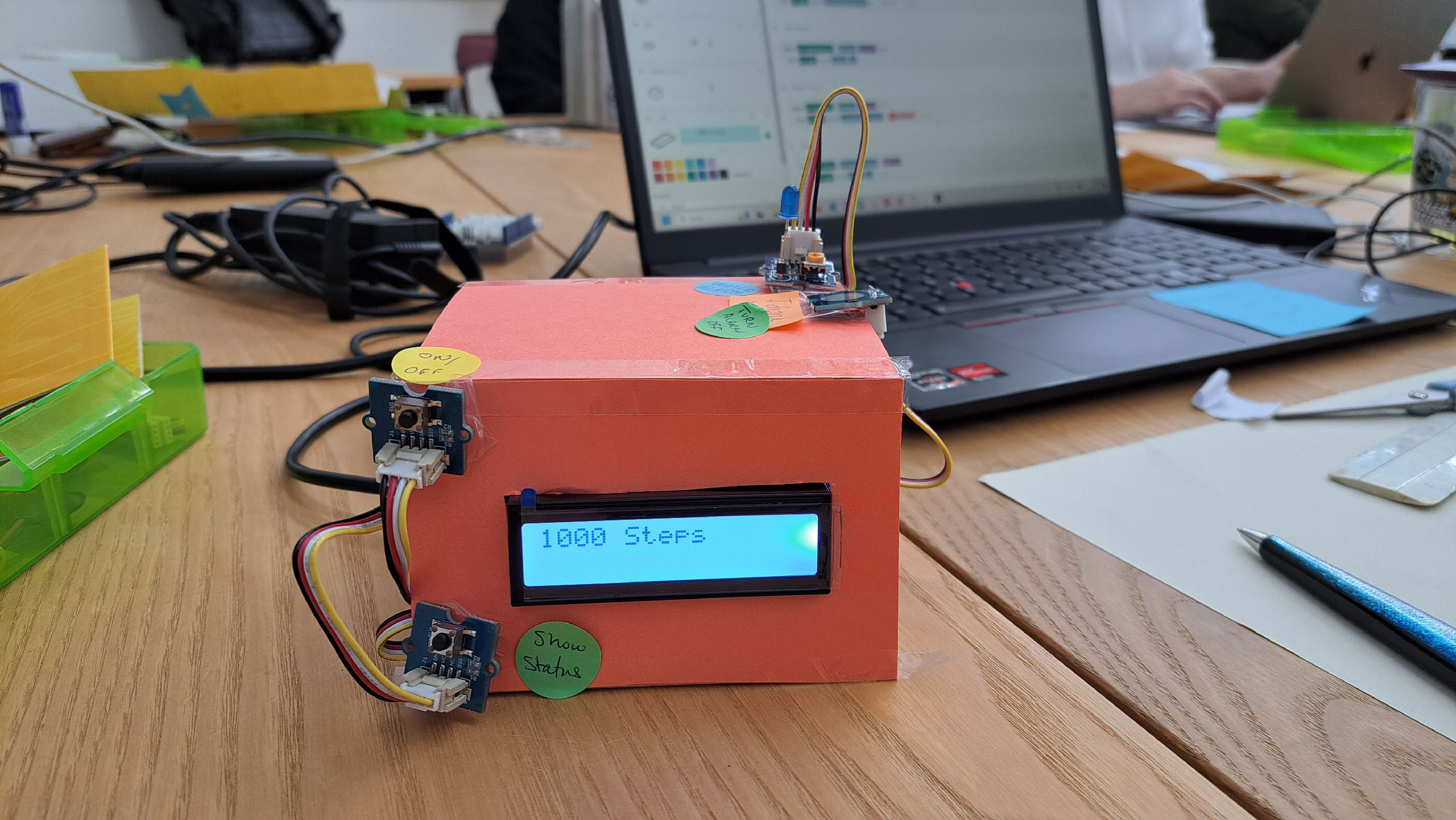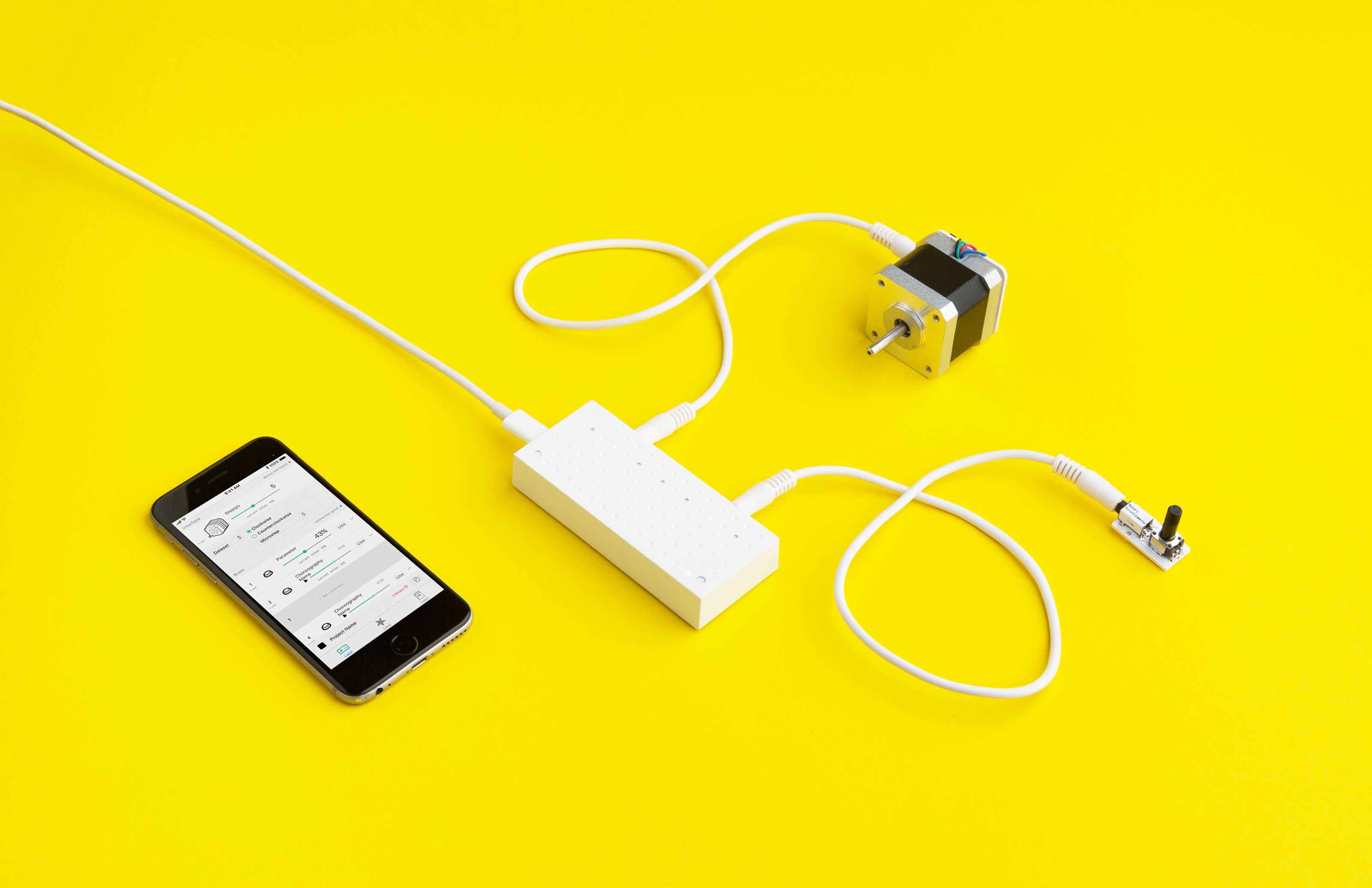
Case Study: Interactive Table
Tell us about your project
As part of our “Interactive Communication Design” course, we developed a system that addresses the fascinating subject of optimizing athletic performance through sleep education. Our design includes a multifunctional interactive table with touch-sensitive areas and a rotatable object for our navigation interface. It is designed to guide athletes through important information about sleep and performance enhancement.
How did you use blokdots?
We used blokdots to provide seamless Arduino integration for our project. Without needing any programming experience, we successfully connected Arduino components such as encoders for object navigation and light sensors as triggers for various sub-navigation points. Our interface includes six different 3D objects symbolizing different themes (sleep, workout, caffeine, nap, tracking, and alcohol) created with Cinema4D. blokdots recognized these objects via the underlying light sensors, allowing the corresponding content to be displayed on the screen.
What have you learned from your prototypes?
The prototyping process gave us the confidence to be bold in our thinking. It also enabled us to gain a lot of experience working with Arduino and its various components. Real-time testing and iteration helped us to effectively refine our design.
How did blokdots support you?
blokdots proved to be an essential tool in expanding our prototyping capabilities. The user interface of blokdots enabled the development of spontaneous prototypes that could be tested quickly. The platform simplified prototyping and connected effortlessly with ProtoPie Connect, Figma, Teachable Machine, and Bare Conductive. That enriched our project and made prototyping much more accessible.
 A first sketch of the table so that the three could test the interaction and feasibility of their project.
A first sketch of the table so that the three could test the interaction and feasibility of their project.
How has prototyping changed your design?
Our design approach underwent a major shift through the prototyping process. It became less about theoretical ideas and more about practical implementation. Being able to directly observe human interactions allowed us to improve our design. This, in turn, made our ideas more concrete, realistic and opened doors to playful and interactive testing.
Looking retrospectively, we can say that we highly recommend blokdots to anyone interested in intuitive and efficient prototyping. It has proven to be a powerful tool for the success of our project.
More about the project:
University's Project Page (german)




Svenja Stein
Student
Svenja is an interaction design BA student at HfG Schwäbisch Gmünd, Germany.

Anna Kornelson
Student
Anna is an interaction design BA student at HfG Schwäbisch Gmünd, Germany.


